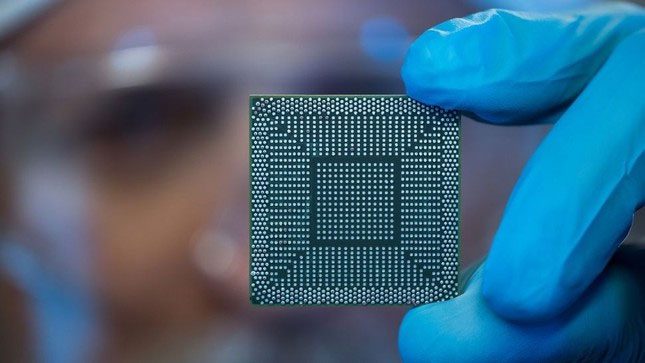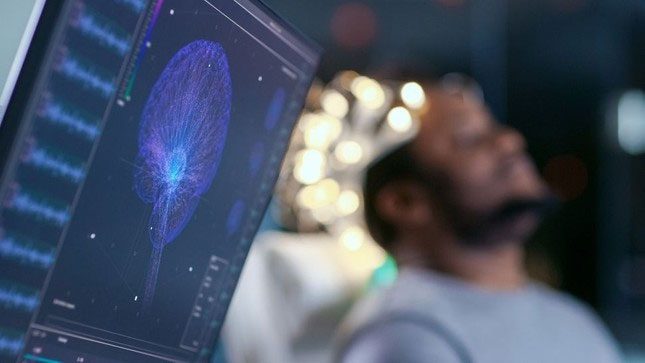Scientists have created a wireless charging device that can be implanted under the skin. So far, it has only been tested on mice, but if further research in humans is successful, this could mean that medical implants will eliminate the bulky batteries and wiring systems that come with them.

The wireless charging device can power implantable devices and other equipment by wirelessly transmitting energy through the body or harvesting energy from the body itself.
Most bioelectronic devices, such as sensors, are often limited by battery capacity. They can also be frequently connected to an external power source—however, this poses a risk of infection, especially if the patient requires surgery to remove it.
To tackle this issue, scientists have developed a prototype wireless charging chip that can be implanted under the skin, tested on mice, that can transmit energy wirelessly through the body or harvest energy from the body.

The under-skin wireless charger can power medical devices inside the body. (Photo: D-Keine via Getty Images)
Researchers recently published in the journal Science Advances that the soft and flexible under-skin chip can also adapt to the shape of tissues during surgery and it has the ability to biodegrade.
Co-author of the study, Wei Lan, a professor of electronics at the School of Physical Science and Technology at Lanzhou University in China, stated: “Our prototype power supply system represents a significant advancement in developing a range of medical implant devices that can effectively and reliably biodegrade.”
Unlike batteries that store energy in chemical form, these supercapacitors store energy in electrical form. They also have high energy density and can release a large amount of energy at once, although they store less energy compared to conventional batteries.
In mice, this wireless battery operates for up to 10 days and completely dissolves within two months—demonstrating its biodegradability, although it may last longer if the research team increases the thickness of the protective wax and polymer layer surrounding the system.
However, this wireless charging battery will need to overcome several hurdles before human trials can begin. The research team has also not yet mastered turning the device on and off; it only stops functioning when the power runs out.




















































